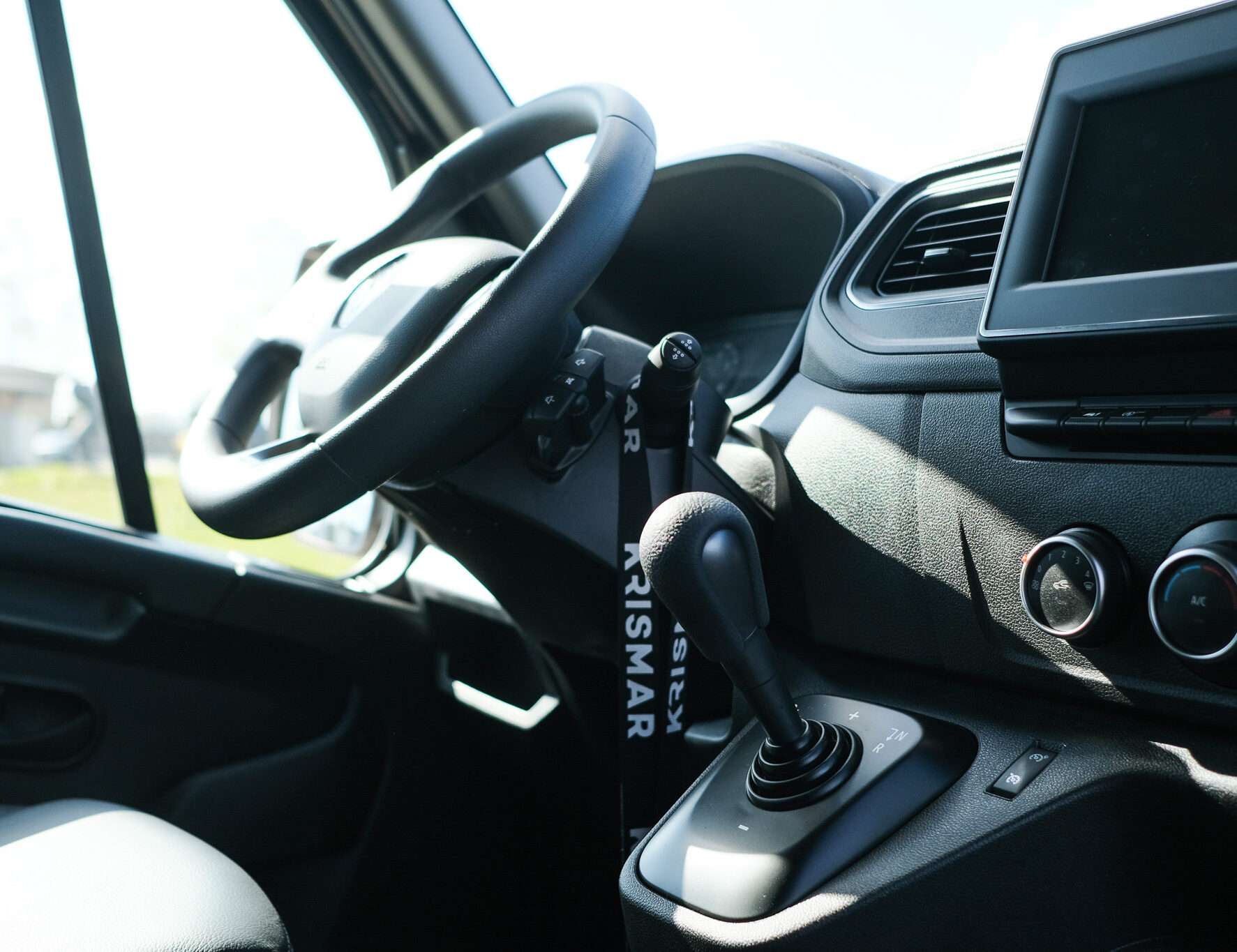1 | Blanket on transport
Do you know that a horse can withstand cold much better than heat?
Of course, there is a difference between a clipped and unclipped horse. The latter finds a temperature of -5 to 15 degrees Celsius pleasant. If you clip your horse, a light blanket is recommended during transport. Keeping balance on a truck requires a lot of effort from a horse, it is a real workout! So feel free to leave an unclipped horse on the truck without a blanket and a clipped horse with a light blanket.
2 | Feeding and drinking
Horses drink less water when it is cold and even less on transport. Drinking too little increases the risk of colic. To maintain hydration during a long ride, you can add electrolytes to the water or stop along the way to let them drink. The temperature of the water may be tepid to make drinking appealing. If you want to be sure the horse is absorbing fluids, give him a portion of mash.
Chewing relaxes and keeps your horse occupied, so an extra filled hay net before the ride is definitely a good idea and important to keep his heat up.
3 | Ventilation
Proper ventilation during transport is very important, without creating drafts. But how to do it? Place the windows ajar and only open the last skylight with the opening towards the back so that saturated air can escape. The correct direction of the openings is important, so that no draft is created or cold air falls on the horse’s back.
4 | Relaxed driving
For a relaxed horse, good preparation is essential. Make sure you check your truck yourself before departure: is the battery charged, is the tire pressure ok, are all the lights working. Use the blue lights for a relaxed horse. Not to mention road salt for safe loading. If you have a long drive ahead, check the weather forecast before the route for optimal preparation.
5 | Arrival
Arrived well? Great! Park in a way the wind does not enter the horse area. Now also pay due attention to getting out safely. Check the area for slippery spots and sprinkle salt where necessary.
Keep in mind that warming up your horse’s muscles takes longer in winter than in summer. So step your horse in properly first so his muscles warm up and minimize the risk of injury.
6 | Returning home
After your horse’s work out, a steady and long dismounting is equally important to allow the muscles to cool down evenly. Do not put the stable blanket back on your horse until you are sure he is completely dry. With a blanket on, he cannot lose heat and there is a risk of overheating. A horse that is no longer visibly fuming would be ready to get a blanket.









